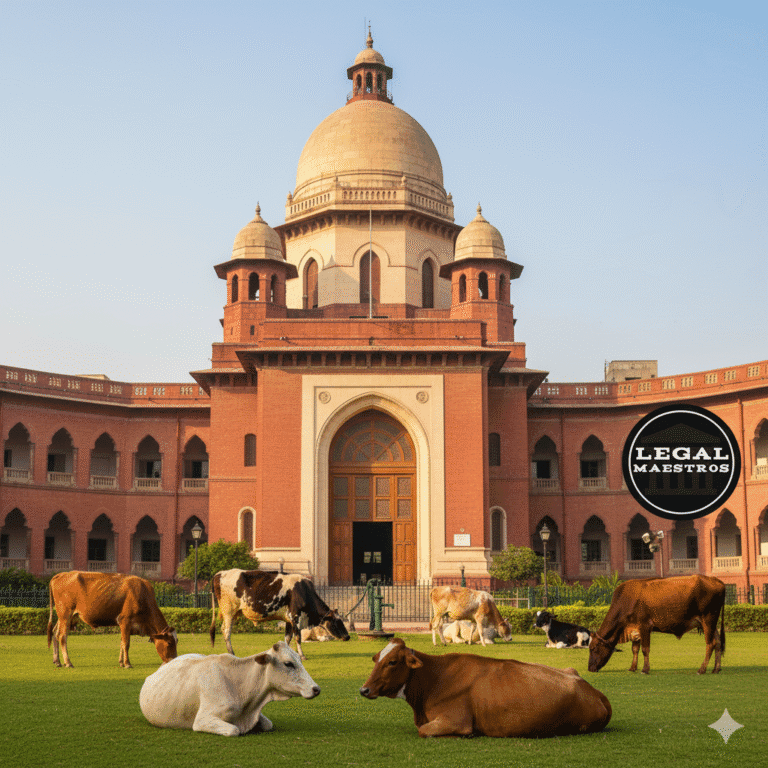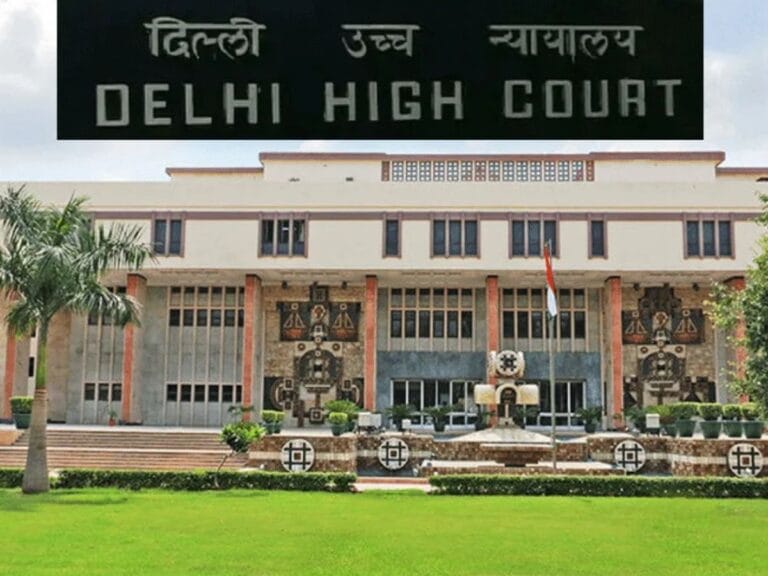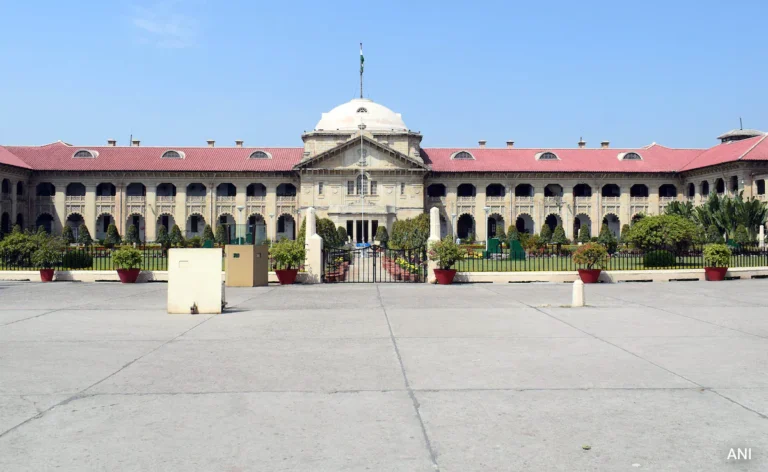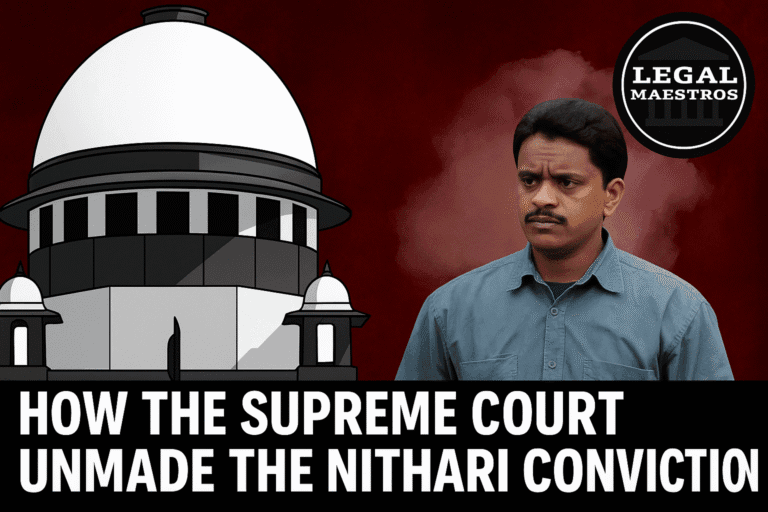
Relief for BBC’s Mohammad Seraj Ali: High Court Overturns NOC Rejection in Mosque Demolition Case
There are no inline citations included in this report, despite the fact that it is based on a complete search. This would make it easier to copy and paste the material.
An unrestricted surge of supporters during Royal Challengers Bangalore’s winning parade led to a catastrophic stampede on the evening of June 4, 2025, beginning with jubilant celebrations at Bengaluru’s M. Chinnaswamy Stadium.
This turned into a scene of pain for all who witnessed it. The terrible stampede contributed to the occurrence of the stampede. Eleven people lost their lives and more than fifty others were injured as a result of the breakdown of barricades and the subsequent crush of concerned fans in the narrow hallways leading away from the stadium from which they had been unable to escape.
For any queries or to publish an article or post or advertisement on our platform, do call at +91 6377460764 or email us at contact@legalmaestros.com.
First responders were attempting to make their way past the crush of people in order to reach those who were severely injured, and witnesses reported hearing pleas for aid. Additionally, there was a dramatic increase in the number of individuals that were present in the crowd.
At the Cubbon Park authorities Station, two days after the catastrophe, a social activist by the name of H. M. Venkatesh lodged a complaint with the authorities. A major member of the winning squad, Virat Kohli, was mentioned in the lawsuit, along with members of the management and event organizers. He also implicated other individuals.
Kohli’s actions, in particular his interactions with the audience and the time of his departure from the platform, are said to have been a contributing factor in the circumstances that led to the tragic crush, as stated in the charges submitted in the complaint.
For any queries or to publish an article or post or advertisement on our platform, do call at +91 6377460764 or email us at contact@legalmaestros.com.
For More Updates & Regular notes, Join Our WhatsApp group (https://chat.whatsapp.com/DkucckgAEJbCtXwXr2yIt0) and Telegram Group ( https://t.me/legalmaestroeducators )
Even though the initial arrests that were carried out by the Bengaluru Police targeted employees of DNA Entertainment Private Limited on charges ranging from culpable homicide not amounting to murder to endangering public safety, the inclusion of Kohli’s name in the First Information Report represents a relatively new legal development in the context of celebrity accountability. This is because Kohli is a celebrity who is being held accountable for his actions to the public.
According to the Indian Penal Code, Section 304A is the section that is responsible for the punishment of the act of causing death via an act of rashness or negligence. The punishment for this infraction may consist of a monetary fine, a prison sentence of up to two years, or some combination of the two.
For any queries or to publish an article or post or advertisement on our platform, do call at +91 6377460764 or email us at contact@legalmaestros.com.
For More Updates & Regular notes, Join Our WhatsApp group (https://chat.whatsapp.com/DkucckgAEJbCtXwXr2yIt0) and Telegram Group ( https://t.me/legalmaestroeducators )
In circumstances of more serious offenses, such as culpable homicide that does not amount to murder as defined by Section 304, it is essential to produce proof that the accused was aware that their acts were likely to result in death.
This is because the accused is believed to have been aware of the likelihood that their actions would end in death. The behaviors that put a person’s life in danger or lead them to suffer significant harm as a result of risky behavior are addressed by a separate set of laws, which comprises Sections 336 through 338.
For any queries or to publish an article or post or advertisement on our platform, do call at +91 6377460764 or email us at contact@legalmaestros.com.
Legal experts emphasize that in order to attach criminal accountability to a prominent person like Kohli, investigators must prove a clear causal relationship between his particular activity and the fatalities, as well as demonstrate that his actions crossed the threshold from simple presence to responsible misconduct.
In other words, they must demonstrate that Kohli’s actions went beyond having merely been present. In addition, they need to provide evidence that his actions go beyond the simple act of the individual being present.
This moment in time marks the beginning of a very significant phase in the research process. The Bengaluru Police Department is currently reviewing a substantial quantity of video material, including footage from surveillance cameras installed in the stadium, recordings made by drones flying overhead of the parade route, and eyewitness accounts from staff members and spectators alike.
For any queries or to publish an article or post or advertisement on our platform, do call at +91 6377460764 or email us at contact@legalmaestros.com.
In order to uncover probable instances in which management failed to respond in an acceptable manner, forensic teams are now re-creating the chronology of crowd movements on their own. Given that Kohli is recognized as a named individual in the FIR, as stipulated by Section 160 of the Criminal Procedure Code, it is permissible for him to have legal representation while the inquiry is being conducted.
In addition to that, he can be required to hand over his account according to a summons. It is possible for this procedure to avert arrest in the event that the court determines that the charge is one that may be released on bond or if the court determines that Kohli’s custody interrogation is unnecessary due to his status and his non-violent profile. Additionally, it is believed that his lawyers would submit a plea for anticipatory bail, which is a procedure that has the potential to prevent arrest.
Since Kohli does not have any duty of care to manage the movement of people or to oversee the building of barriers, it is predicted that defense strategies would revolve on the fact that he does not have any responsibility to do so.
For any queries or to publish an article or post or advertisement on our platform, do call at +91 6377460764 or email us at contact@legalmaestros.com.
Whether or not the accused individual has authority over safety measures or personally altered the conditions that led to injury is a factor that is taken into consideration when determining culpability in incidents that include large gatherings of people. This is something that has been established via precedents.
In spite of the fact that his presence attracted a large number of admirers, there is a chance that Kohli did not create or implement the logistical arrangements that led to the disaster. This is a possibility since Kohli’s role as a ceremonial icon rather than an event organizer would lend credence to the charges that he was responsible for the disaster.
Furthermore, his legal team may make an effort to ask the High Court to reject any allegations that have been filed against him by making use of the inherent powers that are available to the High Court. One possible line of defense is that the FIR does not reveal any criminal violations that are specific to his actions and so cannot be prosecuted.
For any queries or to publish an article or post or advertisement on our platform, do call at +91 6377460764 or email us at contact@legalmaestros.com.
The FIR has rippling effects that reach beyond the boundaries of the criminal investigation, and these changes have an influence on a variety of other facets of accountability as well. In order to obtain damages for medical expenses and loss of livelihood, the relatives of the victims have stated that they intend to seek legal claims for wrongful death, claiming tort principles as the basis for claim.
Considering the unfavorable attention that has been produced, it is possible that corporate sponsors of Kohli, whose endorsement deals frequently include morality provisions, may wish to review their contracts.
The Board of Control for Cricket in India has made the decision to maintain a neutral stance in public, despite the fact that it has declared that it would keep a careful eye on any developments in the legal system and that it will reserve the option to apply internal disciplinary consequences in the event that Kohli is formally accused of a crime.
For any queries or to publish an article or post or advertisement on our platform, do call at +91 6377460764 or email us at contact@legalmaestros.com.
The conversation has been joined by political leaders and representatives from civil society, who have asked for reforms in the governance of public events and for clearer restrictions for player engagement during fan encounters.
These individuals have also advocated for the inclusion of more players in the conversation. In addition to condemning state officials for their failure to properly supervise the situation, the opposition parties in Karnataka have called for an impartial judicial probe into the stampede that occurred.
Before the end of an investigation that is both impartial and open to the public, fan organizations have scheduled peaceful vigils to pay respect to the fatalities and to implore participants to exercise caution when assigning blame. These vigils will take place in the meanwhile.
For any queries or to publish an article or post or advertisement on our platform, do call at +91 6377460764 or email us at contact@legalmaestros.com.
Throughout the course of the inquiry, the courts will be forced to establish a middle ground between the need of undertaking extensive fact-finding and the guarantee of the protection of individual rights.
In the event that the investigators uncover evidence that implies that Kohli’s interaction with the crowd involved negligence that put lives in risk, it is likely that a prosecution will be brought about in accordance with Section 304A by the authorities.
On the other side, if there is insufficient proof, he may be exonerated, after which the organizers and security agencies would be liable for bearing the legal weight for any mistakes that were made in crowd management. The narrative sheds light on the shifting expectations that are placed on public figures in India, as well as the intricate relationship that exists between celebrity culture and legal responsibility in circumstances that have the potential to both fascinate and, in this particular instance, destroy communities. This is true regardless of the verdict that is reached.
For any queries or to publish an article or post or advertisement on our platform, do call at +91 6377460764 or email us at contact@legalmaestros.com.






![Research Assistantship @ Sahibnoor Singh Sindhu, [Remote; Stipend of Rs. 7.5k; Dec 2025 & Jan 2026]: Apply by Nov 14, 2025!](https://legalmaestros.com/wp-content/uploads/2025/11/Gemini_Generated_Image_s0k4u6s0k4u6s0k4-768x707.png)
![Karanjawala & Co Hiring Freshers for Legal Counsel [Immediate Joining; Full Time Position in Delhi]: Apply Now!](https://legalmaestros.com/wp-content/uploads/2025/11/Gemini_Generated_Image_52f8mg52f8mg52f8-768x711.png)